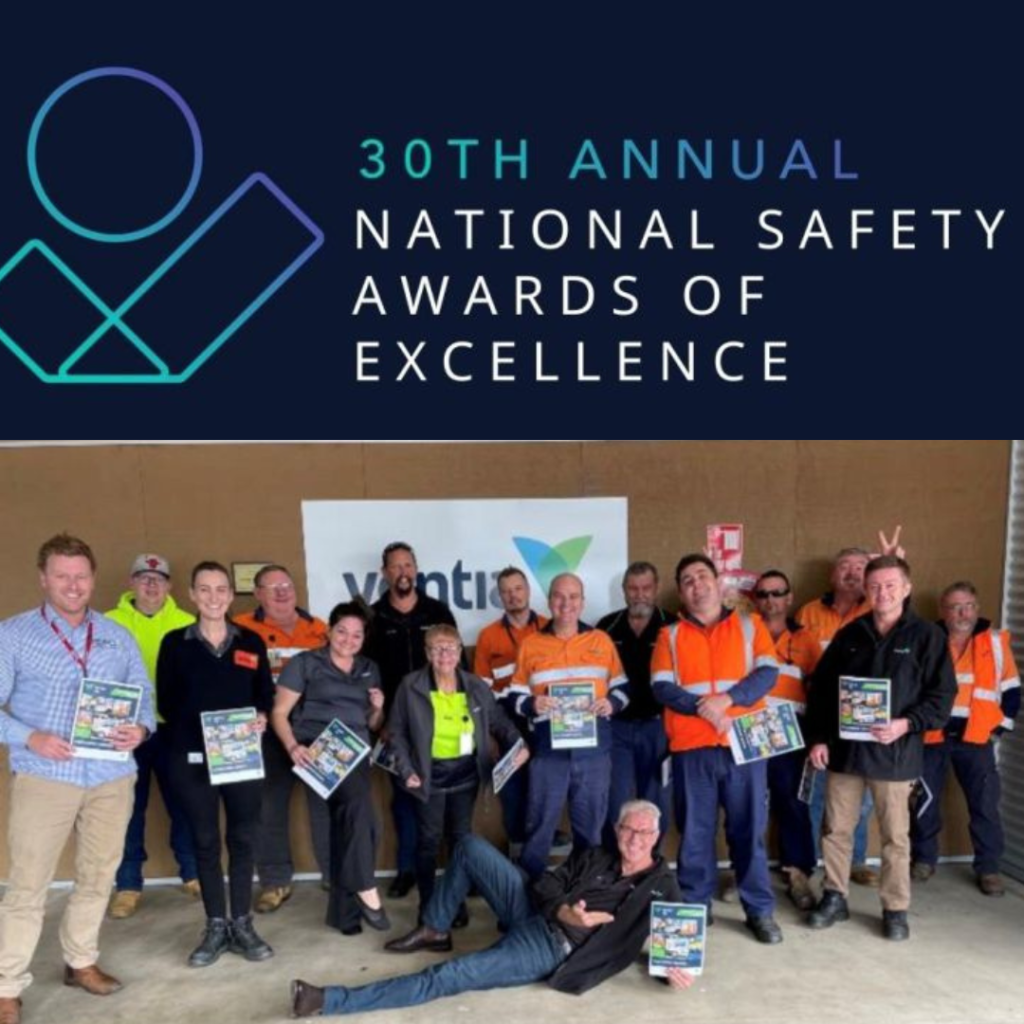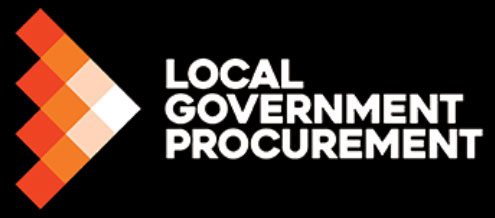On average, plant & equipment account for 71% of mechanisms related to worker fatalities1. Under WHS legislation, the principal duty of employers is to provide information, instruction, training, and supervision to employees.
Before investing resources into Verification of Competency (VoC) processes, it is important to understand your organisation’s overall strategy. As important is VoC is to checking the right level of worker competency, there could be other priorities such as checking critical controls, contractor management or other strategic focus areas.
Notwithstanding this, if organisations believe VoC is a priority, we recommend six simple steps:
- Requirements: Understand your legal obligations for VOC, PCBU duties, compliance vs performance and risk of personal liability – facts vs myths!
- Material Risk: Explore options for taking a VoC risk-based approach and the relationship with Critical Controls
- Competency: Identify competency requirements and effective methods to enable learning and high performance
- Assessment: Build assessments to support designed outcomes
- Coach & Verify: Gain an understanding of leadership principles to coach, verify competency, and build high-performance
- Learn & Improve: Understand how to access additional resources and options to continually learn and improve.
1. Understand Requirements
When seeking to understand requirements, remember to strike a balance between compliance vs. performance.
Often VoC is seen as a compliance activity, rather than an opportunity to coach, build and create high performance.
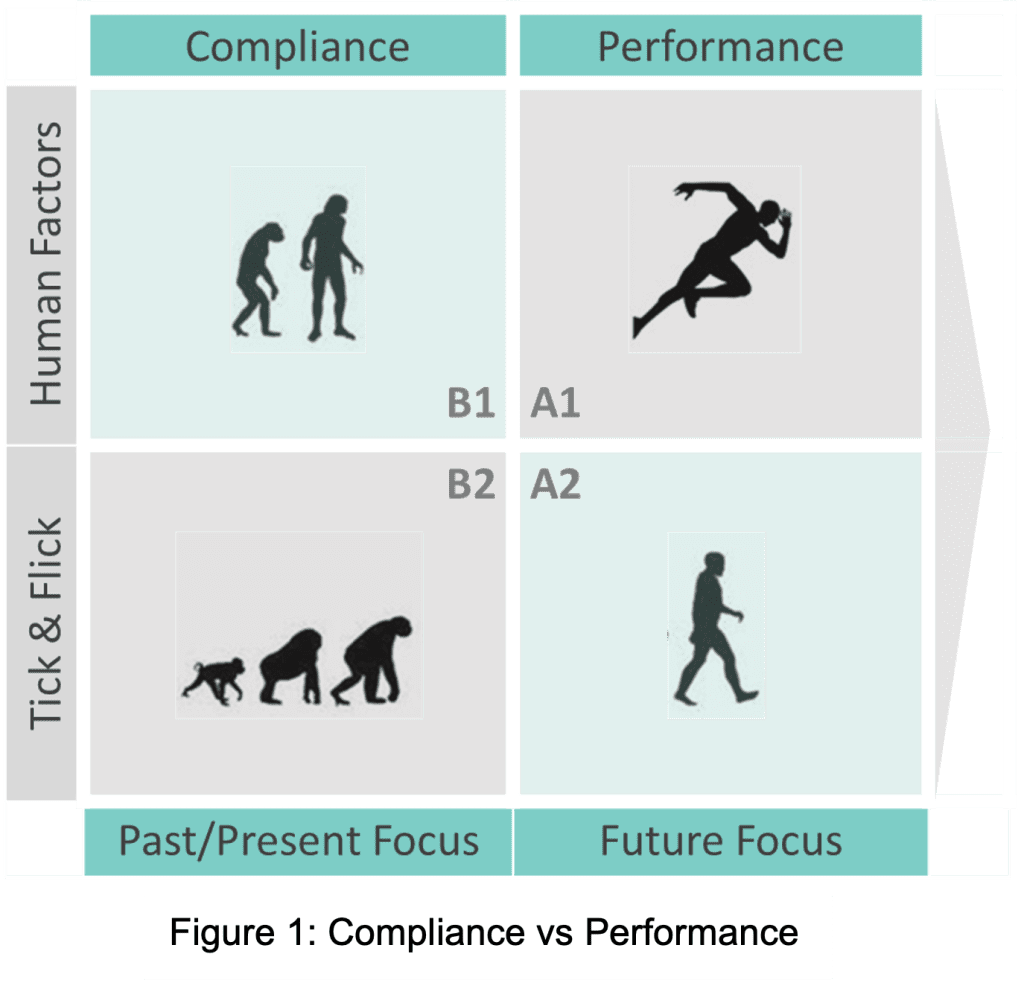
2. Identify Material Risk
What activity requires a VoC?
Verification of Competency (VoC) is process for checking personnel are competent to perform specific work activities. This is most often associated with the operation of high-risk plant & equipment.
Figure 2, provides continuum of lower risk equipment like a pencil sharpener that might require basic instructions, through to high-risk items of plant like a crusher. Higher risk items of plant, often warrant not only information, instruction and training, but also supervision, VoC and critical control checks. To understand more about critical controls, refer to our separate blog ‘The Unintended Consequence of Getting it Wrong’, or contact us for training.
When to complete a VoC?
The decision to complete VOC’s often relate to an organisations risk appetite and the thresholds set of the type of plant or activity needing a verification of competency. The timing of completing verifications are often schedule to align with operational programs.
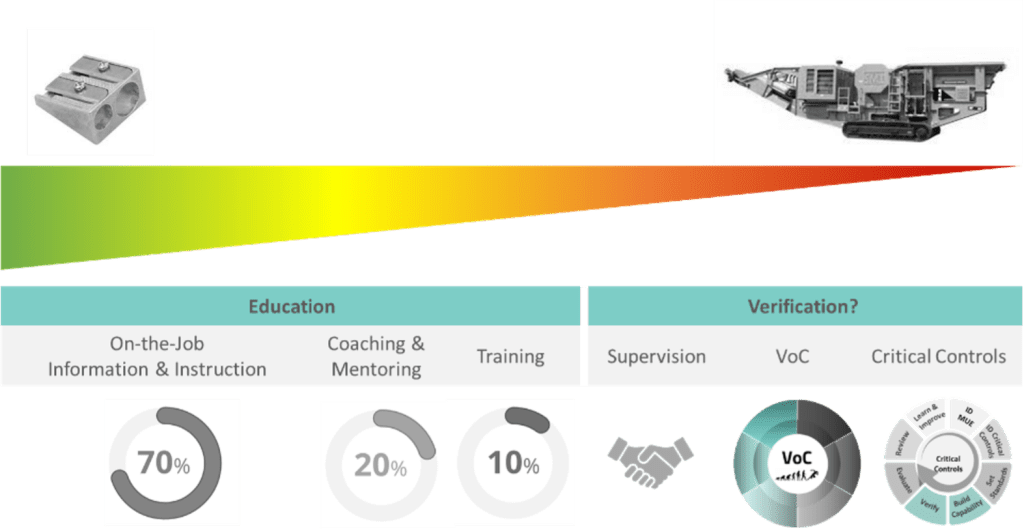
3. Confirm Competencies
High Risk Work Licences
Activity often requiring high risk work licenses include:
- scaffolding work (specific definitions in the reg.)
- dogging and rigging work
- operating certain types of cranes and hoists
- operating a forklift truck
- operating a reach stacker
- operating a boom-type elevating work platform >11 metres
- operating a boiler, steam turbine or reciprocating steam engine
Competencies for other work activity are often define by each organisation. To do this, we often recommend the learning principles of 70:20:10.
For more information on defining competencies contact us.
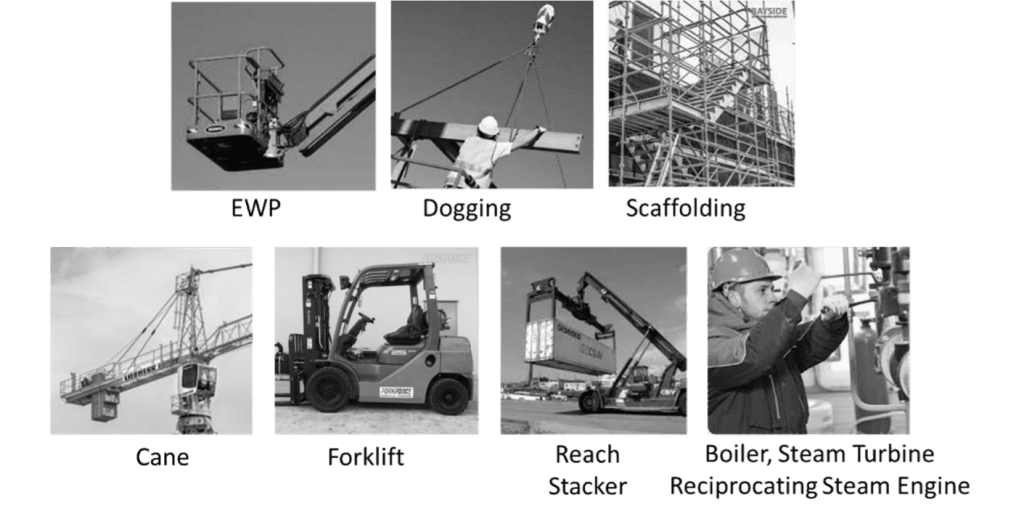
4. Create Assessments
When creating assessment tool to verify competency, first understand your objectives. What do you wish to achieve?
Is your focus compliance or performance?
There are various human factors enabling or inhibiting performance. Often workers know how to perform work, yet the practices or behaviours are often ineffective. We call this the ‘Knowing – Doing Gap’.
This Gap, it also demonstrated by Health and Safety Index results of two questions compared in figure 4.2 below.
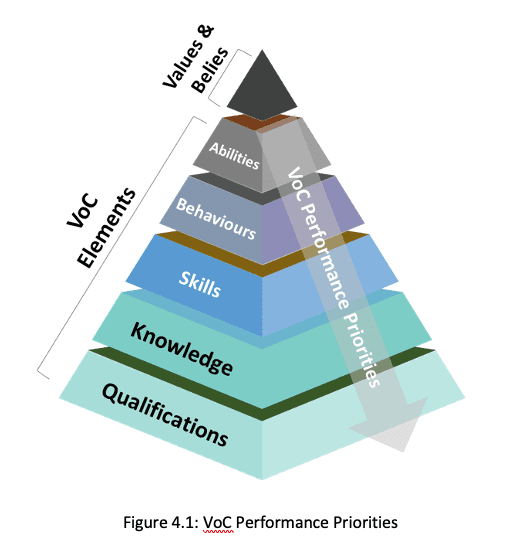
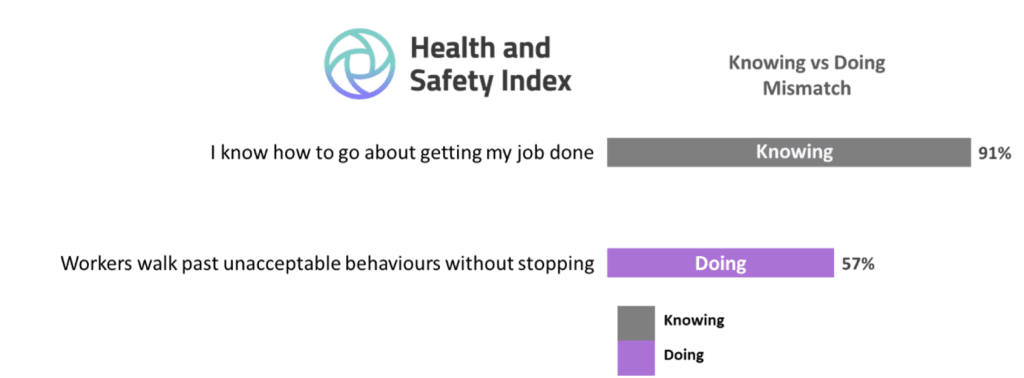
5. Coach & Verify
As part of verification, coaching conversations is a great way to engage and enable workers to self-reflect, learn, and own improvements.
This often involves using assessment tools, and methods to ask effective solution-focused questions.
“Tell me and I forget, teach me and I may remember, involve me and I learn.”
Benjamin Franklin
For more information on coaching and methods to have difficult conversations contact us.
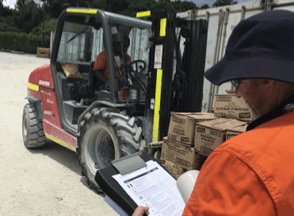
6. Learn & Improve
With the focus on continual improvement, VoC can enable individual workers, team, and organisations to build high-performance. Completing a VoC with a focus on only compliance, can be a missed opportunity.
To understand more on how to engage team in learning, aggregate results and create improvements, contact us.
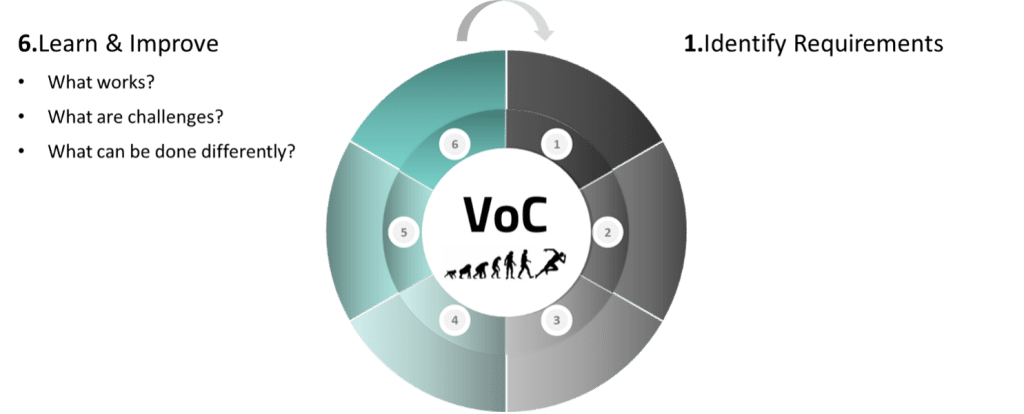
1. Source: SafeWork Australia 5-year average 2016-2020.
- Includes: vehicle collision*, Being hit by moving and falling objects, being trapped between stationary and moving objects and trapped by moving machinery and rollover of non-road vehicle
- Excludes: “Contact with electricity, falls from heights, drowning, slide or cave-in, contact with hot objects, being hit by an animal, and other mechanism
*vehicles = cars and trucks, aircraft, boats, loaders, tractors, and quad bikes.
For more information on VoC processes, training or other related concepts, contact us:
+61 1300 909 649
